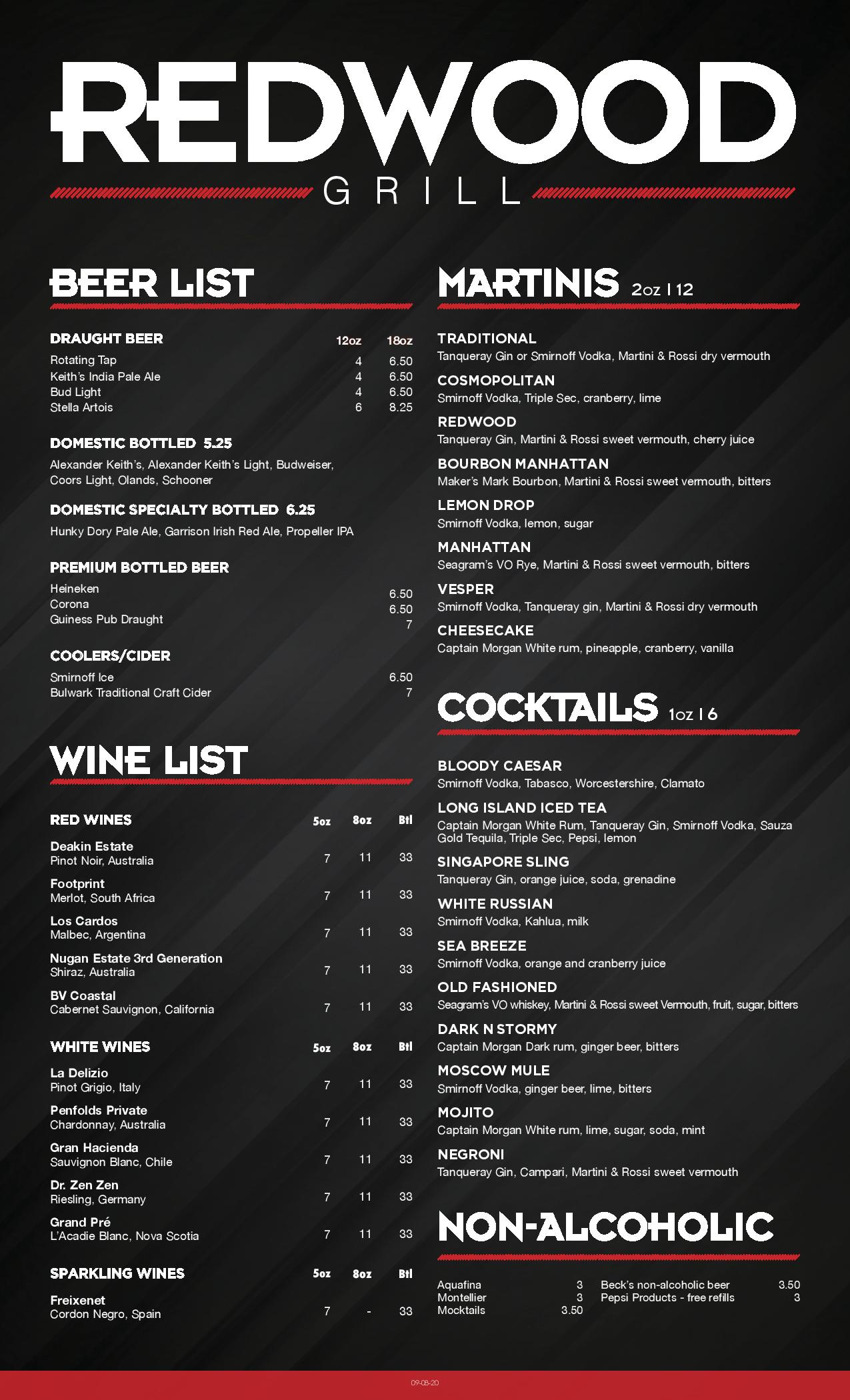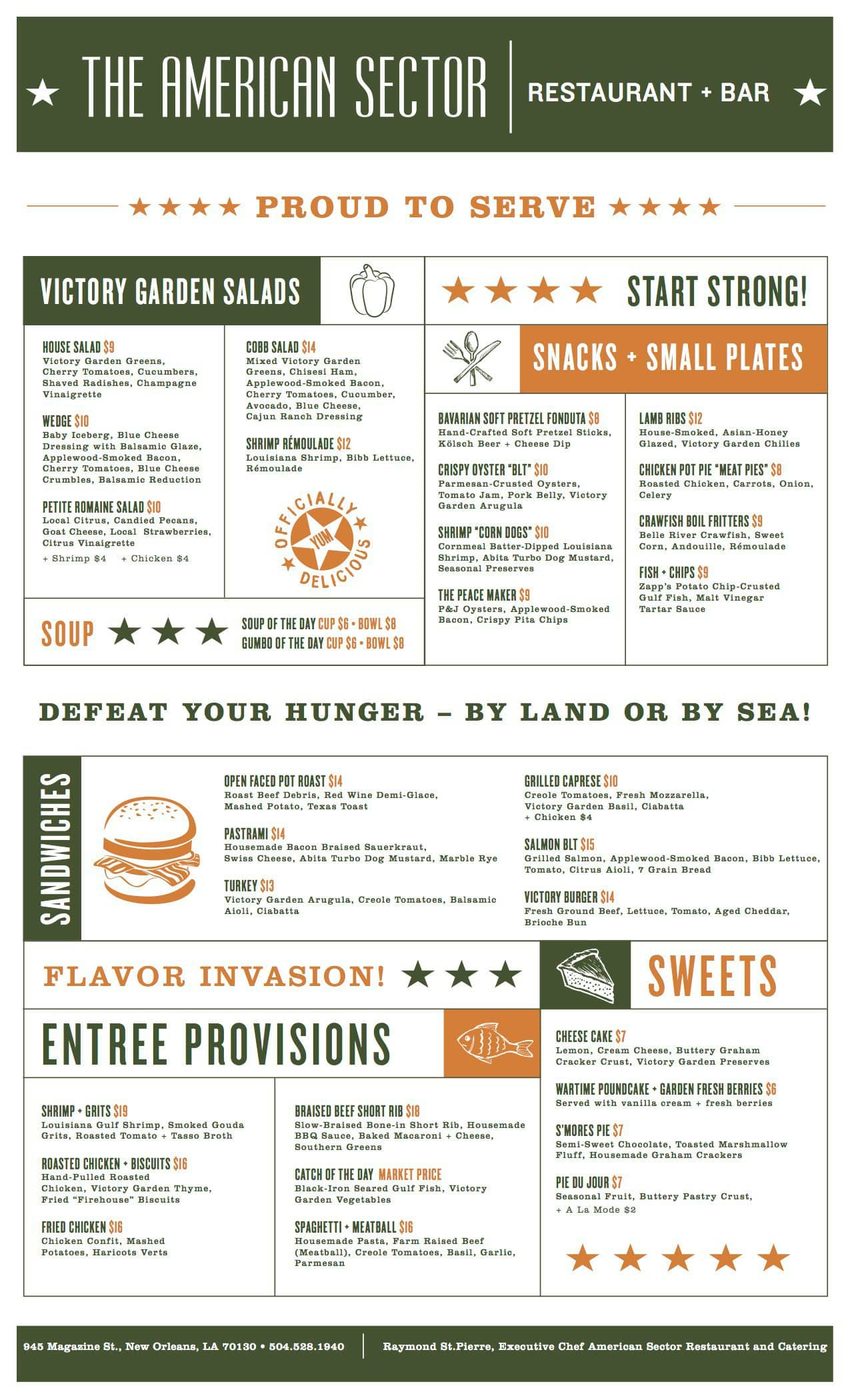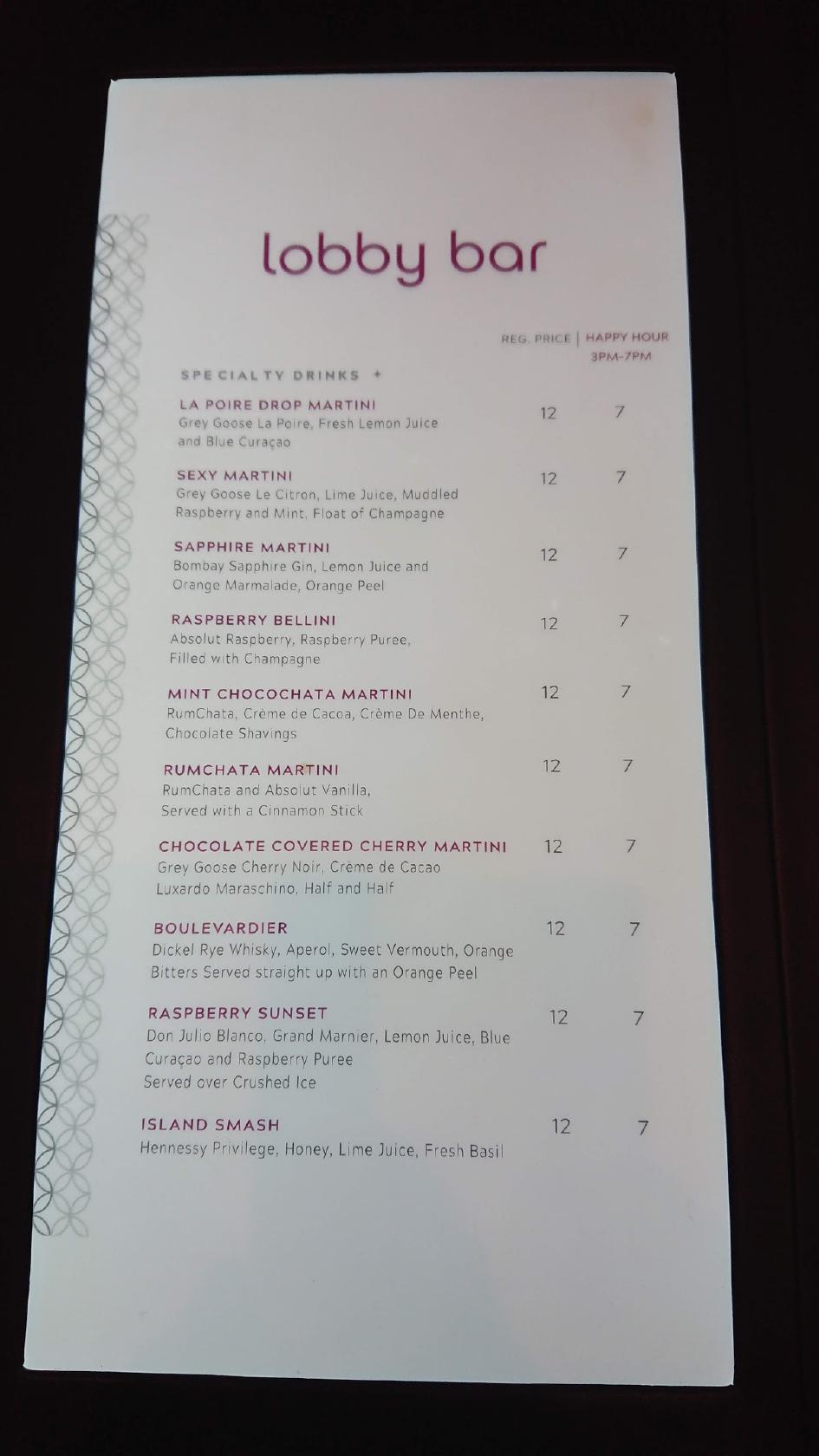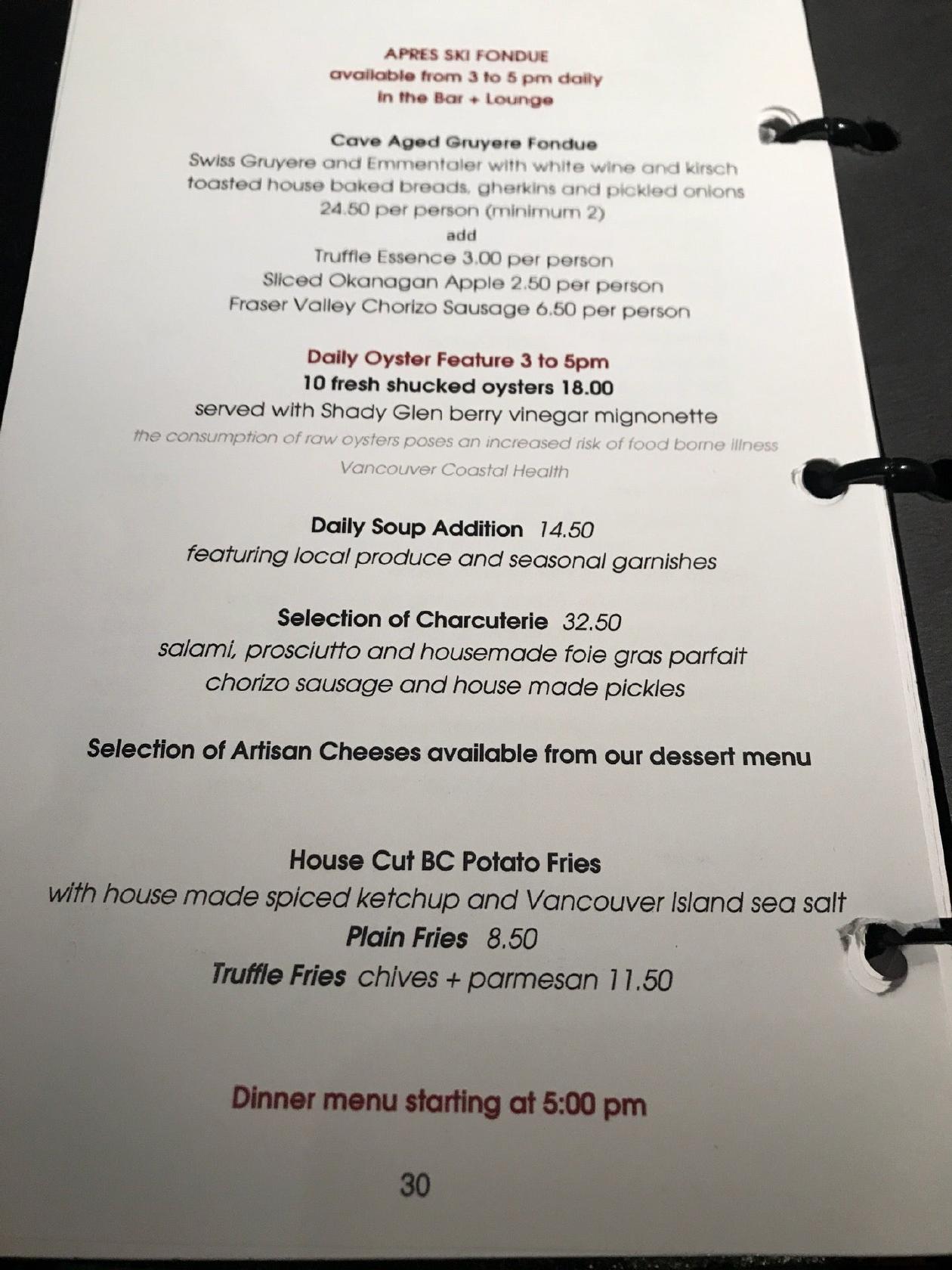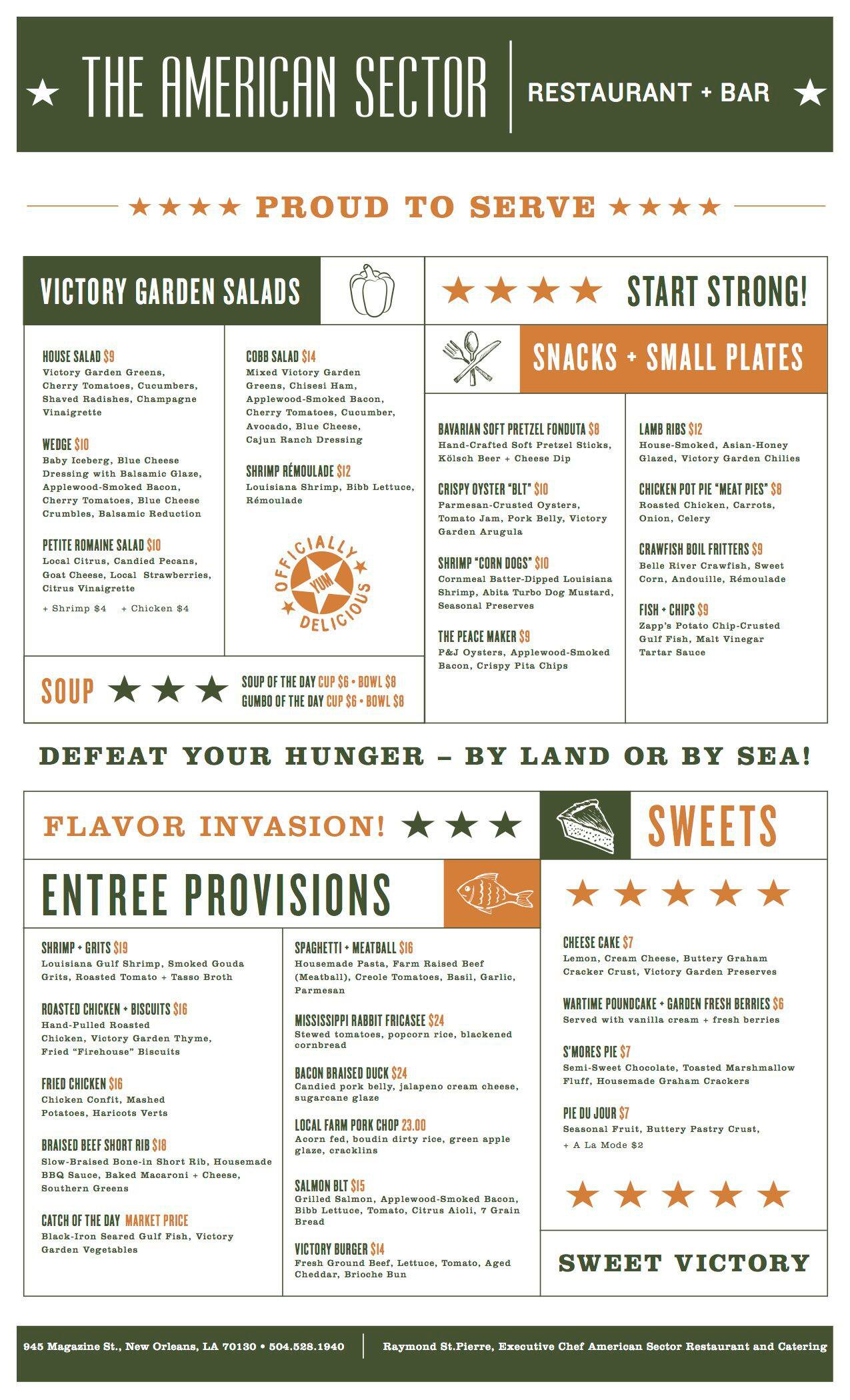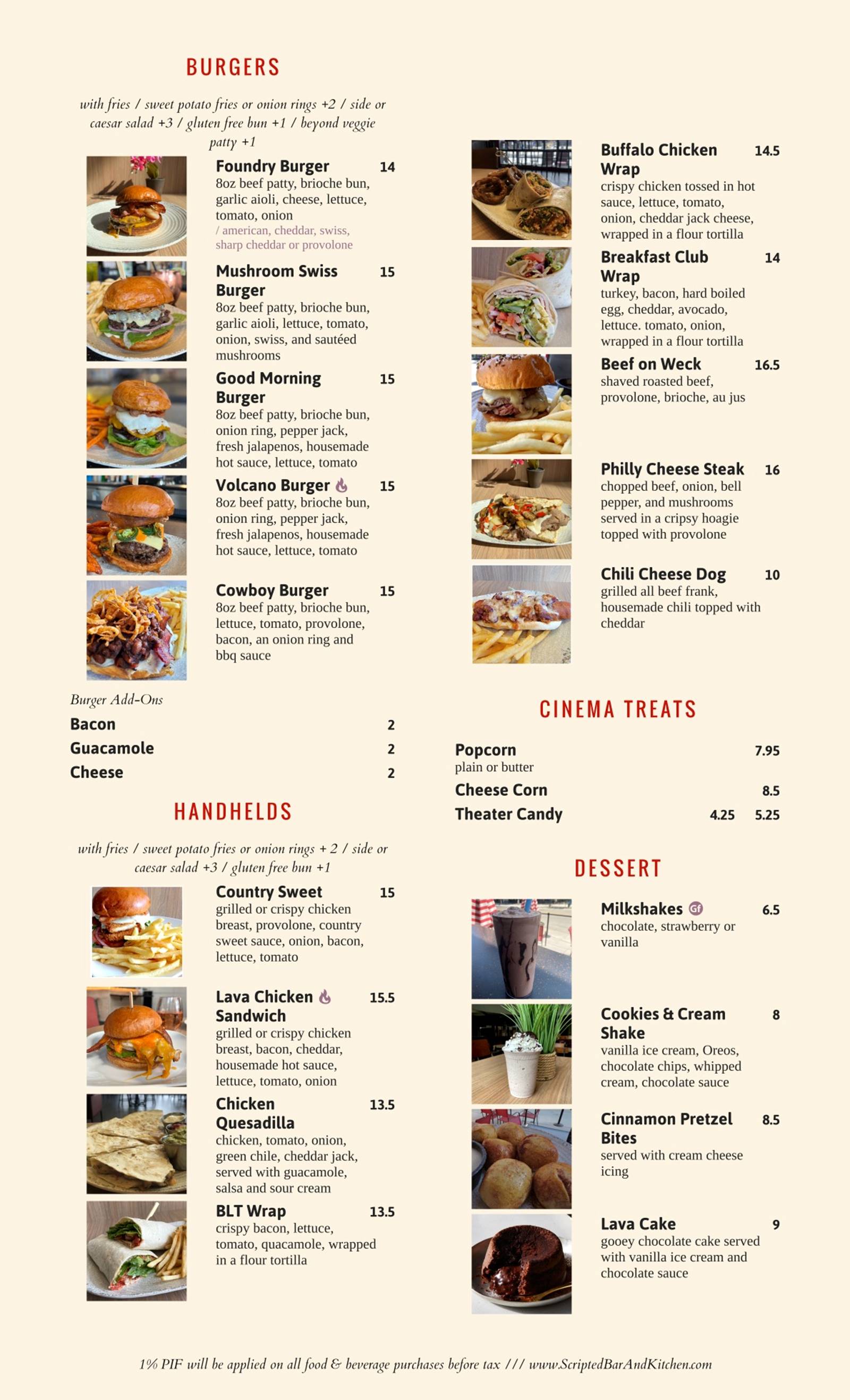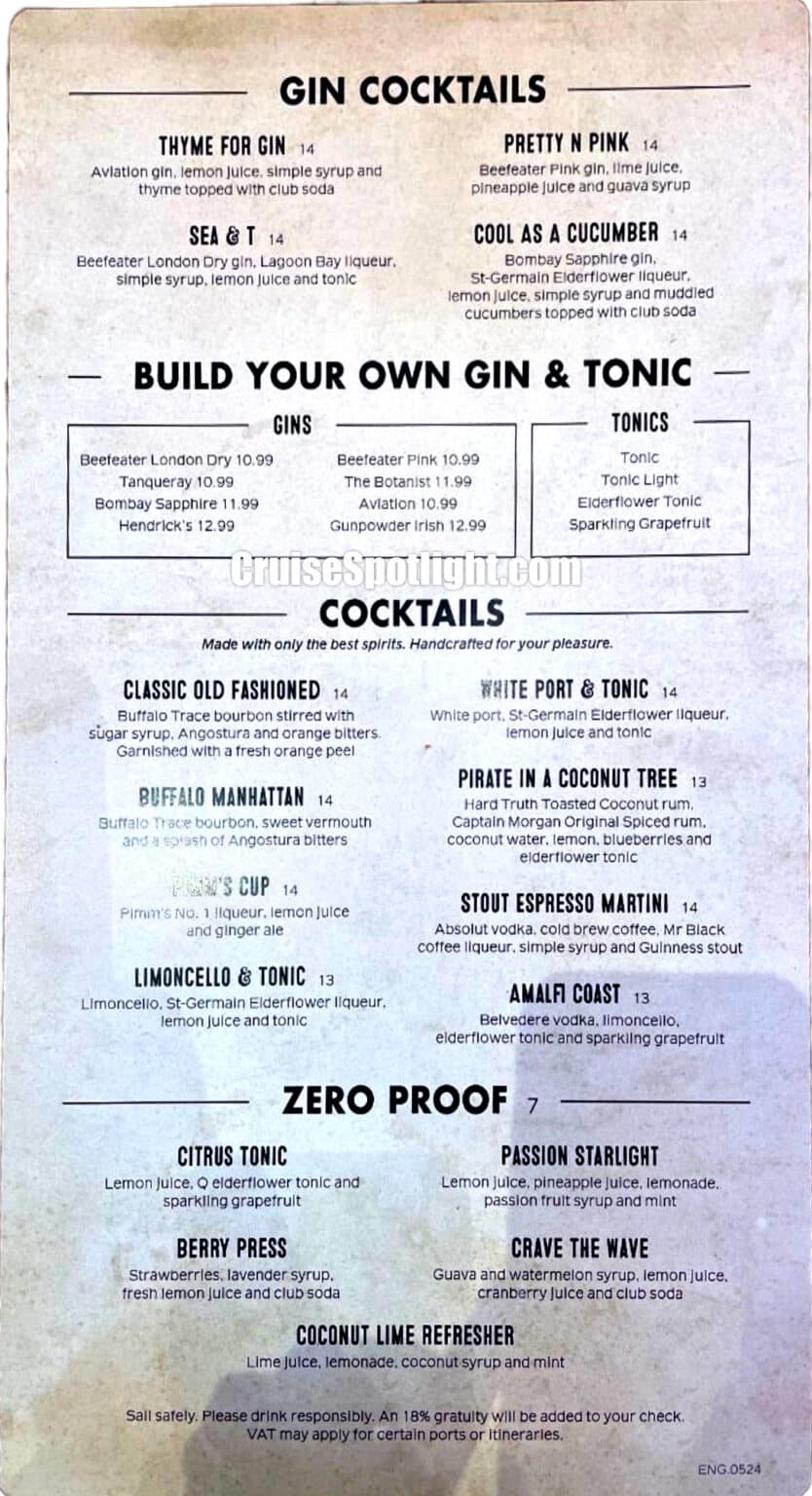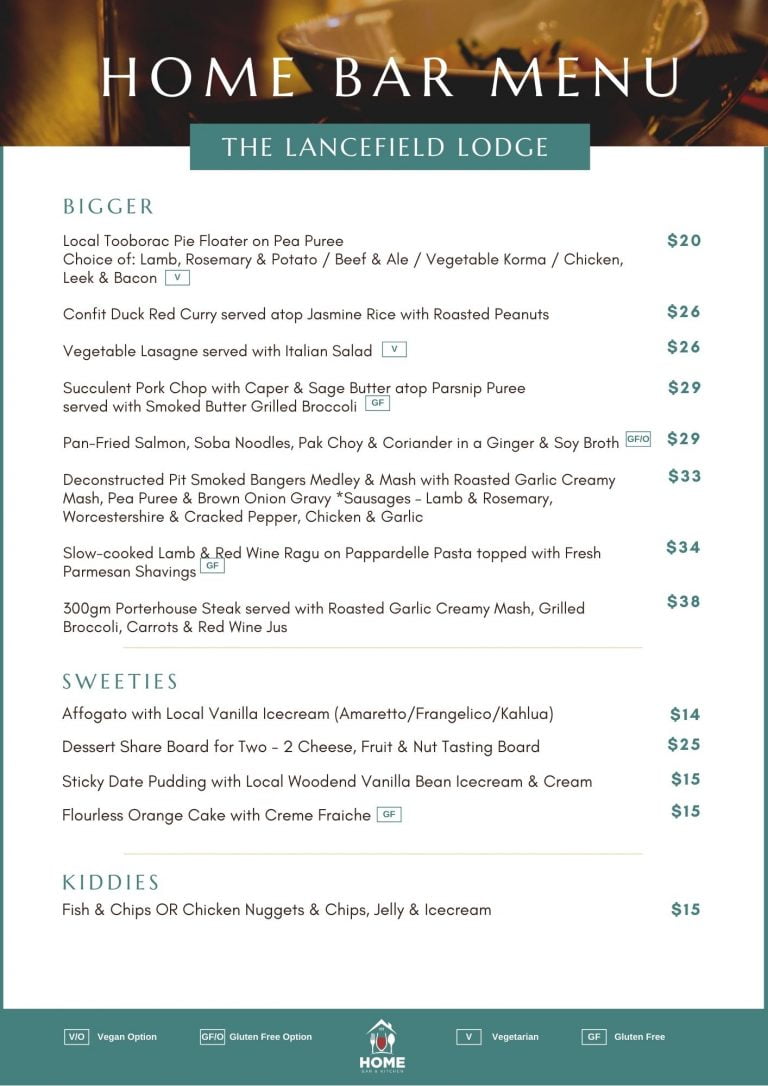The American Sector Restaurant & Bar Menu

Amidst the clinking glasses and historical echoes of New Orleans, the American Sector Restaurant & Bar, nestled within The National WWII Museum, has quietly unveiled a revamped menu. The update seeks to redefine its culinary identity, blending traditional American fare with a modern sensibility. Patrons and critics alike are weighing in on whether the restaurant's new direction honors its mission while satisfying contemporary palates.
The new menu represents more than just a change in dishes. It is a strategic attempt to enhance the dining experience and better align with the museum’s educational purpose. This article delves into the motivations behind the menu overhaul, examines its key features, and assesses the initial reactions from the public and culinary experts. It also explores the broader implications for dining within cultural institutions.
A Shift in Culinary Strategy
The previous menu, while popular, was perceived by some as leaning too heavily on familiar comfort food. The goal was to offer a more refined and historically-informed dining experience.
According to a statement released by the museum's food and beverage director, the updated menu aims to "reflect the diverse culinary landscape of America during the WWII era, drawing inspiration from the home front and the various regions that contributed to the war effort." It also hopes to attract a wider range of diners, including those seeking lighter and more innovative options.
Key Menu Highlights
The new menu features several notable additions. One standout is the "Victory Garden Salad," incorporating seasonal vegetables and herbs grown in a local garden. It’s a direct nod to the wartime initiative encouraging citizens to cultivate their own food.
Another highlight is the "Cajun Coast Seafood Stew," a hearty dish paying homage to Louisiana's significant role in wartime shipbuilding and supply. This stew incorporates locally sourced seafood and traditional Cajun spices.
Furthermore, the bar menu has been expanded to include a selection of craft cocktails inspired by the era. Several drinks featuring names and flavors evocative of the WWII years.
Initial Reactions and Reviews
Early reviews of the new menu have been mixed. Some diners applaud the restaurant's attempt to elevate its culinary offerings, praising the freshness of the ingredients and the historical context of the dishes.
However, others have expressed disappointment. They feel the new menu lacks the accessibility and affordability of the previous one. Some online reviews cite concerns about portion sizes and prices, suggesting a disconnect between the restaurant's ambition and the expectations of its target audience.
"While I appreciate the attempt to offer a more sophisticated dining experience, the new menu feels a bit pretentious for a museum restaurant," wrote one reviewer on Yelp.
The Chef's Perspective
In an interview, the American Sector's Executive Chef emphasized the importance of striking a balance between historical accuracy and contemporary culinary trends. He also highlighted the challenges of sourcing high-quality ingredients while maintaining reasonable prices.
“We’re trying to create an experience that complements the museum visit," the chef stated. "We want people to taste the history, but also enjoy a delicious and satisfying meal.”
Balancing History and Modern Taste
The American Sector's menu overhaul reflects a growing trend in dining within cultural institutions. Museums and historical sites are increasingly recognizing the importance of providing a cohesive and engaging visitor experience. This extends beyond exhibits to include food and beverage offerings.
However, striking the right balance between historical authenticity and modern taste preferences can be a delicate act. Restaurants must cater to a diverse audience. They also need to honor their institution's mission while remaining financially viable.
The Smithsonian Institution, for example, has faced similar challenges in its various museum cafes and restaurants. They’re working to make a conscious effort to incorporate sustainable practices and locally sourced ingredients into its dining options. The *American Sector* seems to be following a similar path.
Impact on the Museum Experience
The quality of the dining experience can significantly impact a visitor's overall impression of a museum. A well-executed restaurant can enhance the educational value of a visit. It can also provide a welcome respite from the often-overwhelming experience of exploring historical exhibits.
Conversely, a disappointing dining experience can detract from the museum visit. It can leave visitors with a negative impression of the institution as a whole. The American Sector is aware of this and is monitoring the public's response to the menu changes. They’re also prepared to make adjustments as needed.
Looking Ahead
The American Sector Restaurant & Bar's new menu represents a bold step in its culinary evolution. However, its long-term success will depend on its ability to adapt to customer feedback and maintain a commitment to quality and affordability.
The restaurant plans to conduct regular surveys and focus groups to gather feedback on the menu. It also hopes to host special events and themed dinners that further explore the culinary history of the WWII era.
Ultimately, the American Sector aims to be more than just a restaurant. It hopes to be an integral part of The National WWII Museum experience. It can educate and engage visitors through the power of food.

